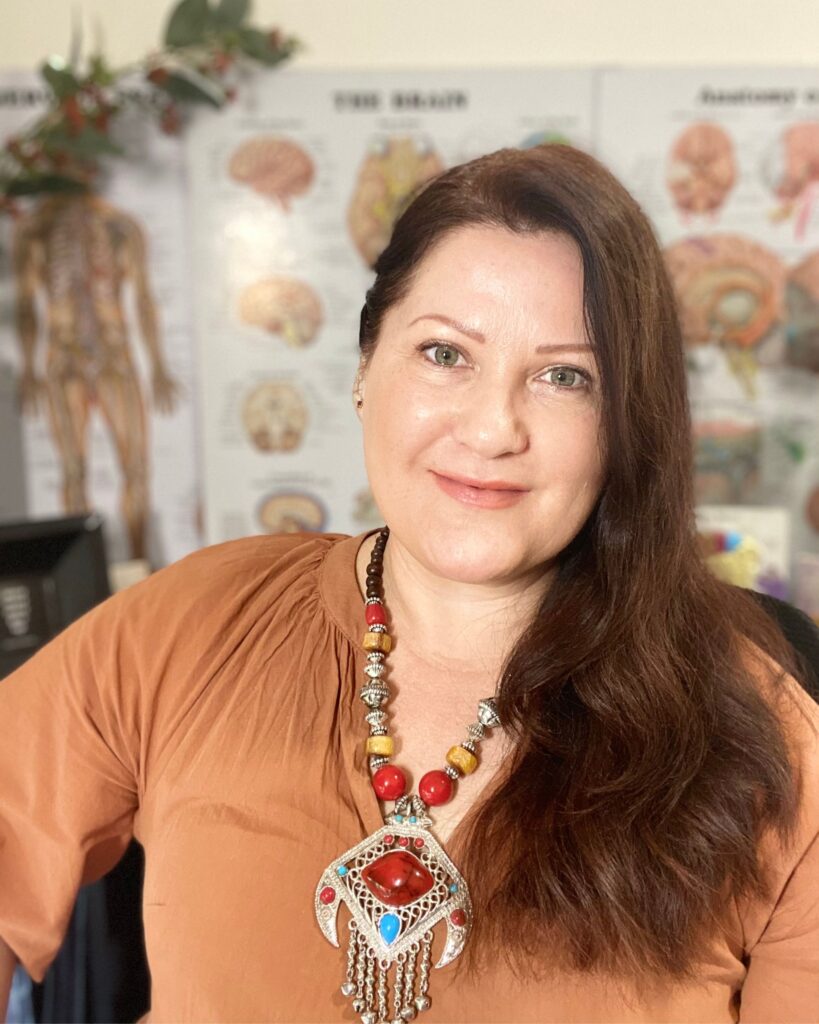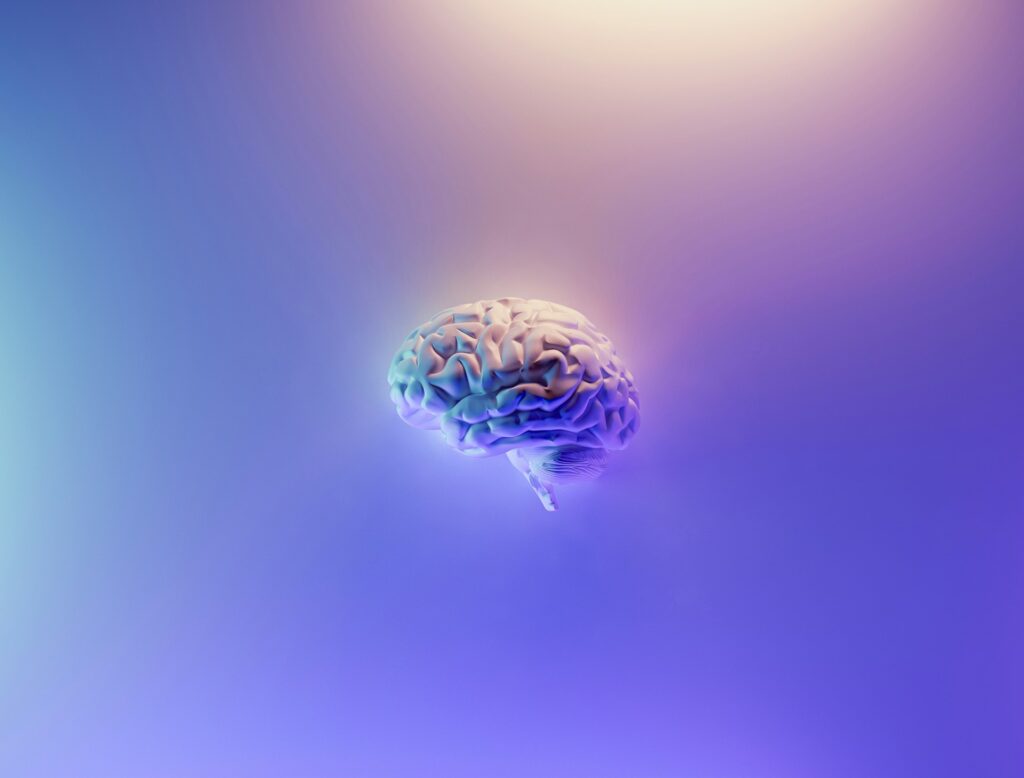Our brains contain around 100 billion neurons – more connections than there are stars in the universe. Imagine your brain as a vast galaxy, filled with billions of stars that are constantly shifting and adapting. These neural networks handle everything from keeping our hearts beating to making life-changing decisions, using more energy than any other organ in the body.
We’re not just passive observers of our thoughts; our brains are incredibly active, processing anywhere around 50,000 to 70,000 thoughts each day on average. This enormous workload fuels our ability to adapt, learn, and thrive.
But have you ever wondered how our brain – and all this neural activity – translates to the experiences that shape our lives? Or the habits that keep us motivated and achieving, or stuck and frustrated?
The Brain’s Earliest Years: A Connection Explosion
From the moment we’re born, our brains begin a journey of rapid development. For example, during the first two years of life, neurons make a staggering 2 million connections every second. By the age of two, a child’s brain has more than 15,000 synaptic connections per neuron – almost double that of an adult.
As children, our brains are like sponges, eagerly wiring new connections based on experiences and relying on our sensory input: sight, taste, touch, sound, smell. These experiences form the connections that become the foundation for learning, behaviour, and even future personality traits.
However, as we grow older, our brains start to prune away unused connections and reinforce the ones that we use most often. This process is called ‘synaptic pruning’ and it’s why the experiences we have early in life leave such a lasting impact.
The Myth of the “Fixed” Brain
For many years, scientists believed that the brain was fixed and unchangeable by adulthood. This outdated belief held that once we reached a certain age, the brain’s structure and abilities were set in stone. However, with advances in brain imaging technology like functional MRI (fMRI), we now know that our brains are dynamic and constantly evolving.
Neuroscientists have uncovered something called the Brain Plasticity Switch (BPS), which is most active during the first 12 years of our lives. This switch allows for the intense learning that occurs in childhood. While it starts to “switch off” around age 25, this doesn’t mean that our brains stop changing. It simply means that learning may require a bit more focus and repetition.
What is Neuroplasticity?
Neuroplasticity – often referred to as brain plasticity – is the brain’s remarkable ability to reorganise itself by forming new neural connections. This ability allows our brains to adapt to new information, environments, and even injuries. Every time we think, feel, or act, we are either strengthening existing neural pathways or creating new ones.
For example:
- Motor Skills: If you’re right-handed, the motor region on the left side of your brain is likely larger than the right.
- Spatial Memory: London taxi drivers, who must memorise complex maps, have enlarged regions in their brains dedicated to spatial memory.
- Stress Resilience: Regular meditators show reductions in the size of their amygdala, the brain’s stress centre, leading to increased resilience and reduced reactivity.
The brain loves repetition. So whether you’re practicing a new language or trying to break a bad habit, the more you do it, the stronger those neural pathways become.
Building New Habits and Breaking Old Ones
The beauty of neuroplasticity is that it offers hope for change, no matter your age. By consciously directing your focus toward new habits, you can change your connections and rewire your brain. Each time you repeat a thought or behaviour, you strengthen the new pathway. So, the more you focus on a new behaviour, the more it becomes a part of you.
Conversely, the more you avoid and replace certain thoughts or behaviours, the weaker those connections become. This is why, when we actively choose to change a habit, say, eating healthier or reducing stress, we’re not just changing our behaviour, we’re reshaping our brains.
Aging and the Brain: Use It or Lose It
While it’s true that the brain is most plastic during our youth, this doesn’t mean that cognitive decline is inevitable as we age. In fact, the way we use our brains can have a significant impact on how well we age.
Here are some ways you can keep your brain sharp:
- Conscious Thought: What you think about shapes your brain. Be more deliberate in what you think.
- Attention: What you pay attention to influences your neural wiring. Become more aware of what you’re focused on.
- Emotional Responses: Your reactions reinforce neural connections tied to those emotions.
- Behaviour: Consistently practicing new behaviours builds neural strength in those areas.
By staying mentally active, engaged, and curious, we can continue to nurture our brains well into old age.
The Takeaway
Neuroplasticity gives us the power to shape our mind, brain and nervous system. Our brains are constantly adapting to new information, emotions, and experiences. Whether we’re mastering a new skill, developing healthier habits, or overcoming challenges, neuroplasticity is at the heart of our brain’s capacity for growth and change.
So, the next time you set a goal for yourself, remember: you’re not just changing your habits, you’re literally rewiring your brain for success.
Keep these principles in mind and be consistent!
Suggested reading:
Title Photo by Milad Fakurian on Unsplash

Author:
Viki Thondley
Viki Thondley-Moore is an Integrative Holistic Counsellor, Brain-Based Coach, Clinical Hypnotherapist, Mind-Body Somatic Practitioner, Wellness Coach, Meditation Teacher, Educator and Disordered Eating Specialist. Viki is founder of MindBodyFood and Founder/Director of the MindBodyFood Institute.







